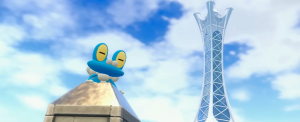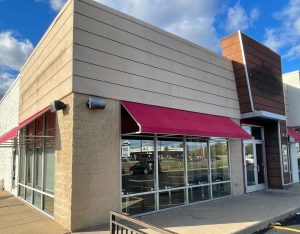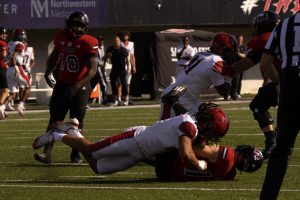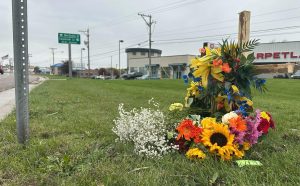Default rate stays constant
November 2, 1990
Although twice as many student loan defaulters were cited in Illinois this year than in 1987, the default rate has remained fairly constant at NIU.
NIU’s rate “has historically been relatively low,” said Jerry Augsburger, director of NIU’s student loan office.
NIU’s default rate is about 3 to 4 percent, Augsburger said. “It’d be nice not to have any default rate, but that’s not realistic.”
Augsburger said NIU students received $11 million in student loans last year.
He said most of the problem with defaulters stems from students receiving the Stafford Loan.
“Periodically there is a big harangue” about students not paying back their Stafford Loans and “Congress gets all up in arms about it.” He said these loans are “terribly defaulted” upon.
Stafford Loan funds come from participating vendors, or lending institutions and guaranteed by the federal government, Augsburger said.
Default rates with the Stafford Loan are high in some areas of post-secondary education, he said. The problem is particularly high in the business sector where schools operate on a for-profit basis, he said.
“Vocationally oriented schools as a group seem to have a very high default rate,” Augsburger said.
He also said some community colleges have high default rates. “Programs of short duration seem to have the highest default rates.”
The government is continuously coming up with new ideas to cut the default rates, he said.
“We aren’t involved” in the process of collecting on defaulted loans, Augsburger said. “The lendors have a prescribed set of collection procedures.”
He said students should contact the lendor after graduation or after education is discontinued to work out a repayment plan. If the loan is not repayed, the lendor then incorporates collection efforts.
If lending agencies are unable to collect the money, they can turn the problem over to the federal government, Augsburger said.
The state of Illinois is asking the Internal Revenue Service to help collect more than $180 million by seizing tax refunds from 60,000 Illinois student loan defaulters. Another possibility is revoking the professional licenses of student loan defaulters.
Augsbuger said students have six months after graduation to set up a repayment plan.






